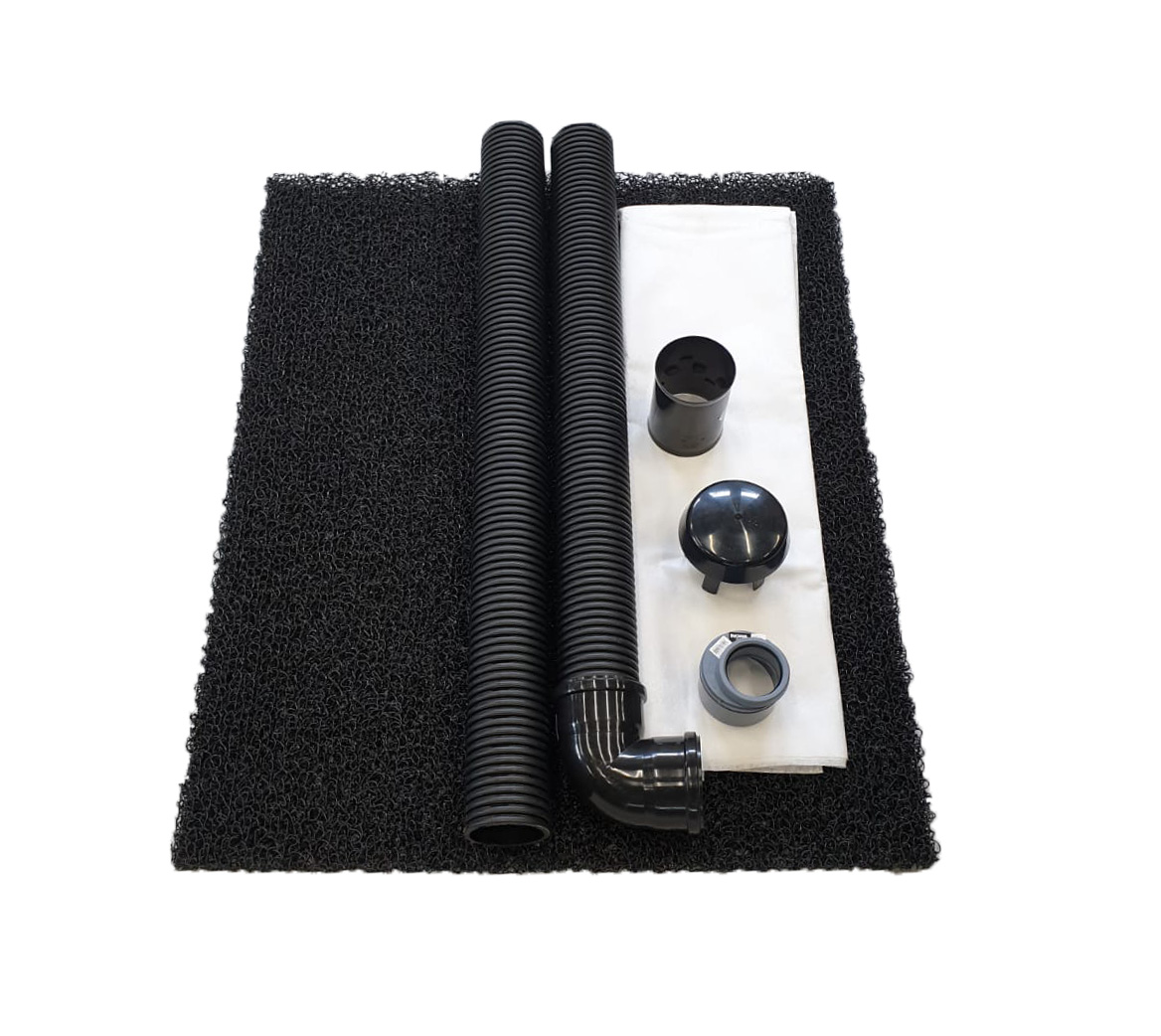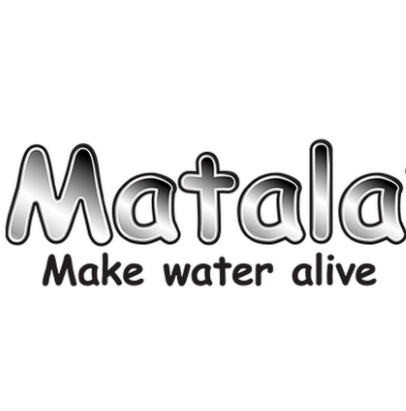Your cart is currently empty!
HS infiltration bed 1.2m2 250l/day
HS infiltration bed is used as a complement to graywater filters as post-purification.
275,91 €
HS infiltration beds are used for post-purification and infiltration of water after e.g. gray water filters and treatment plants.
1.2m2 can normally handle 250l/day in good soil conditions where the LTAR value is higher than 15, at lower values you should make a soil bed.
The HS infiltration packages include parts for Infiltration. Supplement if necessary, with parts for soil bed or dense soil bed depending on how permeable the soil is to water.
There is also an accessory that can replace the sand that should be under the HS infiltration & soil bed.
Suitable very well when you have difficulty handling gravel and sand such as on islands.
On top of the filter disk, the supplied ground cloth is laid to prevent it from being clogged by the soil.
Under the filter disk, at least 30cm of sand of size 0-8 mm is laid.
Contents for 1.2m2 250l/day
Filter discs 1.2 m2 (delivered in smaller parts laid out next to each other or in a row)
1st spreader pipe 110 mm x 120 cm
1st nonwoven approx:2m2
1st 110×90 Bend 2 sleeve
1st ventilation pipe 110mm x 100 cm
1st ventilation hood 110mm
1st reduction 110/75
1st drainage sleeve 110 mm
Accessories sometimes used during installation
- Discharge well, sampling well is used to take water samples after a soil bed.
- Pump well is needed if you do not get self-drainage in the system, placed before the infiltration and if it is a soil bed, you can also choose to place it after the soil bed.
- Odor filters can be used on the ventilation instead of hoods, to remove any odors.
- Ground insulation boards to protect pipes and infiltration from freezing.
Here’s how to choose the type of infiltration or soil bed you need
To determine this, a soil test, known technically as a percolation test, must be carried out.
LTAR is an abbreviation for “long term acceptance rate”, which indicates the number of liters of sludge-separated wastewater that the soil lets through per day. By conducting a soil analysis or percolation test from test pits where the infiltration is to be built, you can dimension your sewage system. Percolation samples can be purchased at the Sewerage Center.
HS infiltration beds are used for post-purification and infiltration of water after e.g. gray water filters and treatment plants.
1.2m2 can normally handle 250l/day in good soil conditions where the LTAR value is higher than 15, at lower values you should make a soil bed.
The HS infiltration packages include parts for Infiltration. Supplement if necessary, with parts for soil bed or dense soil bed depending on how permeable the soil is to water.
There is also an accessory that can replace the sand that should be under the HS infiltration & soil bed.
Suitable very well when you have difficulty handling gravel and sand such as on islands.
On top of the filter disk, the supplied ground cloth is laid to prevent it from being clogged by the soil.
Under the filter disk, at least 30cm of sand of size 0-8 mm is laid.
Contents for 1.2m2 250l/day
Filter discs 1.2 m2 (delivered in smaller parts laid out next to each other or in a row)
1st spreader pipe 110 mm x 120 cm
1st nonwoven approx:2m2
1st 110×90 Bend 2 sleeve
1st ventilation pipe 110mm x 100 cm
1st ventilation hood 110mm
1st reduction 110/75
1st drainage sleeve 110 mm
Accessories sometimes used during installation
- Discharge well, sampling well is used to take water samples after a soil bed.
- Pump well is needed if you do not get self-drainage in the system, placed before the infiltration and if it is a soil bed, you can also choose to place it after the soil bed.
- Odor filters can be used on the ventilation instead of hoods, to remove any odors.
- Ground insulation boards to protect pipes and infiltration from freezing.
Here’s how to choose the type of infiltration or soil bed you need
To determine this, a soil test, known technically as a percolation test, must be carried out.
LTAR is an abbreviation for “long term acceptance rate”, which indicates the number of liters of sludge-separated wastewater that the soil lets through per day. By conducting a soil analysis or percolation test from test pits where the infiltration is to be built, you can dimension your sewage system. Percolation samples can be purchased at the Sewerage Center.





